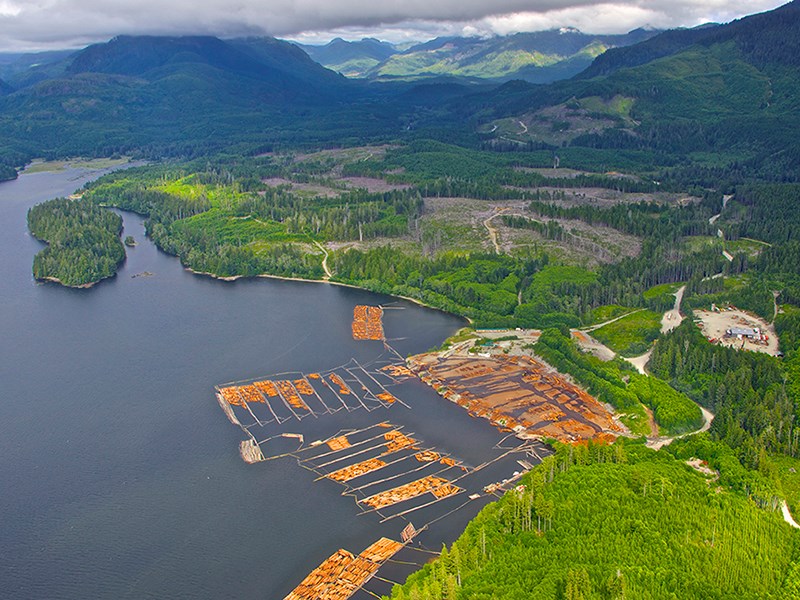A proposed project to pump natural gas through Powell River then subsea to a liquified natural gas (LNG) facility on Vancouver Island continues to inch forward.
Separate projects, an export facility and pipeline, are being developed by Steelhead LNG, which is headquartered in Vancouver.
The Kwispaa LNG export facility on the west coast of Vancouver Island is a co-management partnership with Steelhead and Huu-ay-aht First Nations. The pipeline is a separate project to supply gas from basins in northeast BC to the Kwispaa facility.
“That project, we're at an earlier stage,” said Steelhead director of indigenous and community relations Stewart Dill.
Dill added that the environmental assessment process has not been initiated yet. He said Steelhead has identified a conceptual pipeline corridor for study.
“One option that we're exploring is a route that would cross the Salish Sea between Powell River and the Courtenay/Comox area, but there are other options we're exploring as well that might be further south or further north of Powell River,” said Dill.
A specific route is subject to ongoing community and first nations consultation. As one of the options potentially crosses Tla'amin Nation territory, it is one of the first nations Steelhead would engage with, according to Dill.
Tla’amin hegus Clint Williams said there have been discussions with Steelhead over the last year and the company has visited numerous times.
“What we told Steelhead was that we wanted a consultation process to occur within our community, discussing this potential route with our people and what this may involve,” said Williams. “We told Steelhead the only way we would participate in a gas line coming through our territory would be if our people agreed by way of referendum.”
Williams said there will be more talks with Steelhead this month.
Steelhead manager of communications Matt Skinner said the company is sill planning and considering options.
“We've initiated engagement with first nations along a potential pipeline corridor,” said Skinner. “We're at the very early stages of that engagement but our intent will be to continue to engage and be sure that we incorporate the interests and feedback of those indigenous groups into the planning of our project.”
The Powell River option for the pipeline route would begin from Chetwynd to Williams Lake area, through the Coastal Mountains, southwest to Powell River and 31 kilometres subsea across the Strait of Georgia. It would end at the Kwispaa LNG floating export facility on Huu-ay-aht land at Sarita Bay, at the southern end of Alberni Inlet, 42 kilometres southwest of Port Alberni.
The pipeline would follow parallel existing rights-of-way whereever possible. One option for crossing the strait is using a similar alignment to the existing FortisBC subsea line between Powell River and Courtenay, according to Dill.
On October 17, a full project description of the Kwispaa LNG facility was filed with BC Environmental Assessment Office and Canadian Environmental Assessment Agency.
“I don't think anyone's going to tell you that an environmental assessment is an easy thing but we've done a lot of work to put ourselves in a good place, to set ourselves up for success in an environmental assessment,” said Skinner. “The submission of the project description which we did several weeks ago really kicks off that process.”
With an estimated cost of $18 billion, it is one of the biggest land-based LNG projects planned for development in BC and the only Canadian liquefied natural gas project being developed through a co-management relationship between industry and first nations.



